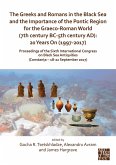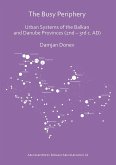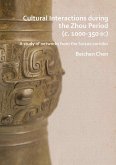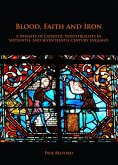Using archaeological data to examine the development of Han dynasty Chinese art (206 BC-AD 220), Sources of Han Decor focusses on three major iconographies (the animal master, the tree of life, and animal predation), together with a series of minor motifs (particularly the griffin and a number of vegetal forms). All of these are combined in what may be considered the most important iconographic creation of the Han: images of paradise. While influence from the Chinese Bronze Age (especially, c. the 14th-3rd centuries BC) on Han art is expected, a surprisingly profound debt to Greece, the Near East, and the steppe is evident not only in the art of the Han era, but in that of the preceding Eastern Zhou (c. 771-221 BC). Initial Eastern Zhou incorporation of this largely-Western influence appears concentrated in chronological parallel to the Orientalization of Greek art (c. the 7th century BC) and the eastern spread of Hellenism (c. the 4th century BC), followed by repeated introduction of foreign motifs during the Han, when these influences were fully integrated into Chinese art.
Dieser Download kann aus rechtlichen Gründen nur mit Rechnungsadresse in A, B, BG, CY, CZ, D, DK, EW, E, FIN, F, GR, HR, H, IRL, I, LT, L, LR, M, NL, PL, P, R, S, SLO, SK ausgeliefert werden.









